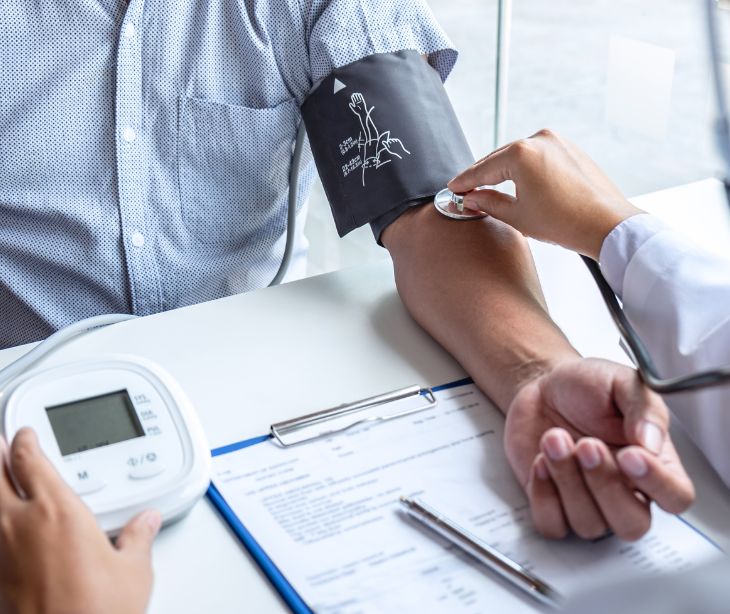2 min read
Developing guidelines for HIPAA compliant email patient communication
Caitlin Anthoney May 03, 2024

Providers must develop clear policies outlining when and how to send HIPAA compliant emails to patients. Additionally, providers should use secure email platforms to safeguard protected health information (PHI) from unauthorized access and maintain HIPAA compliance.
A study on the attitudes, practices, and experiences of medical specialists towards email communication with their patients states “There is a want and need for comprehensive and accessible professional guidance on email use with patients.” Furthermore, emails can be used “to inform good clinical practice in respect of doctor-patient relationships, clinical workloads, and risk management.”
Standard email communication
Emails allow for quick responses and can be accessed at any time, providing convenience for providers and patients.
As evidenced in the study results, “The main benefits identified were improved efficiency and flexibility, especially in the context of managing chronic disease and patient follow up.”
However, some providers may be “hesitant to endorse email with patients in their practices, citing concerns over the utility and safety of the medium and lack of established protocols and recommendations for email usage.”
So, providers should develop clear guidelines for email communication with patients to ensure that they use this tool effectively and ethically.
Strategies for developing HIPAA compliant email guidelines
Establish what email should and should not be used for
Appropriate uses: Confirming appointment details, providing general health information, patient education materials, and non-urgent communications.
Inappropriate uses: Urgent medical concerns that require immediate attention. These should prompt an in-office visit or a phone call.
Educate patients on secure email practices
Patient consent: Obtain explicit patient authorization before initiating email communication, ensuring patients understand the nature of the information that will be sent.
Secure access: Instruct patients on securing their own email environments, like using secure networks.
Define expectations for response times
Clearly communicate to patients the typical email response time (e.g., 24 to 48 hours). Make sure they understand that email is not suitable for urgent concerns.
Set boundaries for when providers will check (e.g., only during office hours).
Implement professional communication standards
Language and tone: Maintain a professional tone. Avoid slang and ensure the language is clear and free of complex medical jargon.
Use secure email platforms
Providers must use a HIPAA compliant platform, like Paubox, that encrypts patients' protected health information (PHI) at rest and in transit.
Audit email usage
Regularly review how emails are being used by staff members to communicate with patients. Ensure this aligns with the established guidelines.
Conduct audits to check HIPAA compliance and the organization’s own standards for privacy and security.
Provide clear instructions on email closure
When ending an email conversation, be clear about the next steps or follow-up needed. For example, scheduling an appointment, calling the office, or watching for future email communications.
Offer alternative communication channels, like HIPAA compliant texting, based on patient preferences.
Feedback and adjustment
Use patient and staff feedback about the email communication process and make adjustments where necessary. This helps in fine-tuning the process and addressing any issues that may arise.
FAQs
What is a HIPAA compliant email?
A HIPAA compliant email ensures that any protected health information (PHI) sent is encrypted to protect patient data from unauthorized access. HIPAA compliant emails must also have secure access controls to prevent unauthorized individuals from viewing or accessing the information. These measures help healthcare organizations maintain compliance with the Health Insurance Portability and Accountability Act (HIPAA) regulations.
Can providers use their regular email to send PHI?
No, standard email accounts do not have the necessary security measures like encryption and access controls required for HIPAA compliance. Instead, providers must use a HIPAA compliant platform, like Paubox, to safeguard protected health information (PHI).
How do providers know if their email system is HIPAA compliant?
Providers should check if their email service offers encryption, access controls, audit trails, and secure data storage to ensure HIPAA compliance. Additionally, providers should review their email service provider's business associate agreement to confirm that they are willing to comply with HIPAA regulations.
Subscribe to Paubox Weekly
Every Friday we'll bring you the most important news from Paubox. Our aim is to make you smarter, faster.




